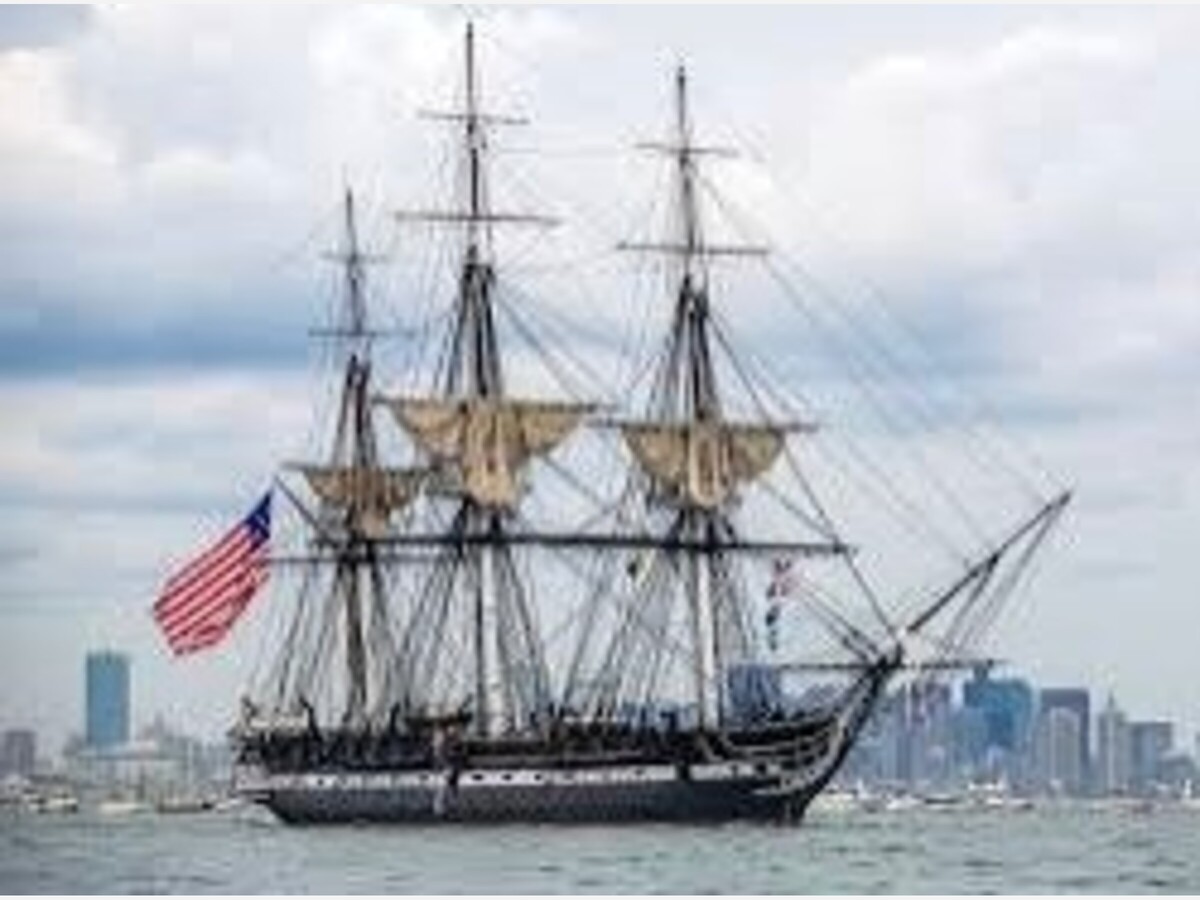Image

March 27th holds two important events in naval history: 1794: This is the most significant event. On this day, the United States Congress passed the "An Act to Provide a Naval Armament" bill. This act authorized the construction of six frigates, which would become the core of the early U.S. Navy. One of these frigates, the USS Constitution, is still actively commissioned today. 1880: The USS Constellation, a sloop of war, departed New York on a humanitarian mission. She carried a cargo of food relief for famine victims in Ireland.
The United States Navy, a formidable force that has shaped history and safeguarded our nation’s interests, traces its origins to a pivotal moment during the War of Independence. On October 13, 1775, the Continental Congress, convened in Philadelphia, Pennsylvania, passed a resolution that would forever alter the course of maritime warfare. This date, now celebrated as the Navy Birthday, marks the official establishment of the Continental NavyU.S. Navy faced significant challenges. Yet, it demonstrated its mettle by engaging in fierce battles against British forces on the high seas. The USS United States, one of the original six frigates, achieved a notable victory by defeating HMS Macedonian.
The American Civil War witnessed naval innovations and ironclad vessels. The Union Navy played a crucial role in blockading Confederate ports and securing vital waterways. The USS Monitor, an ironclad warship, famously battled the CSS Virginia in the historic clash of ironclads.
Following the Civil War, the U.S. Navy faced a period of downsizing and budget constraints. However, visionary leaders like Admiral David Farragut continued to advocate for modernization and expansion.
As the United States emerged as a global power, the Navy underwent significant transformations. The Spanish-American War in 1898 marked a turning point, with the Navy playing a pivotal role in securing victory. The acquisition of territories like Guam, Puerto Rico, and the Philippines expanded American influence across the seas.
The collapse of the Soviet Union reshaped global dynamics. The U.S. Navy adapted to new challenges, including counterterrorism, humanitarian missions, and maintaining freedom of navigation. The USS Gerald R. Ford, the largest nuclear-powered aircraft carrier, symbolizes the Navy’s commitment to cutting-edge technology and readiness.
This day, March 27, we honor the sailors, officers, and ships that have safeguarded our freedom and maritime interests for centuries.